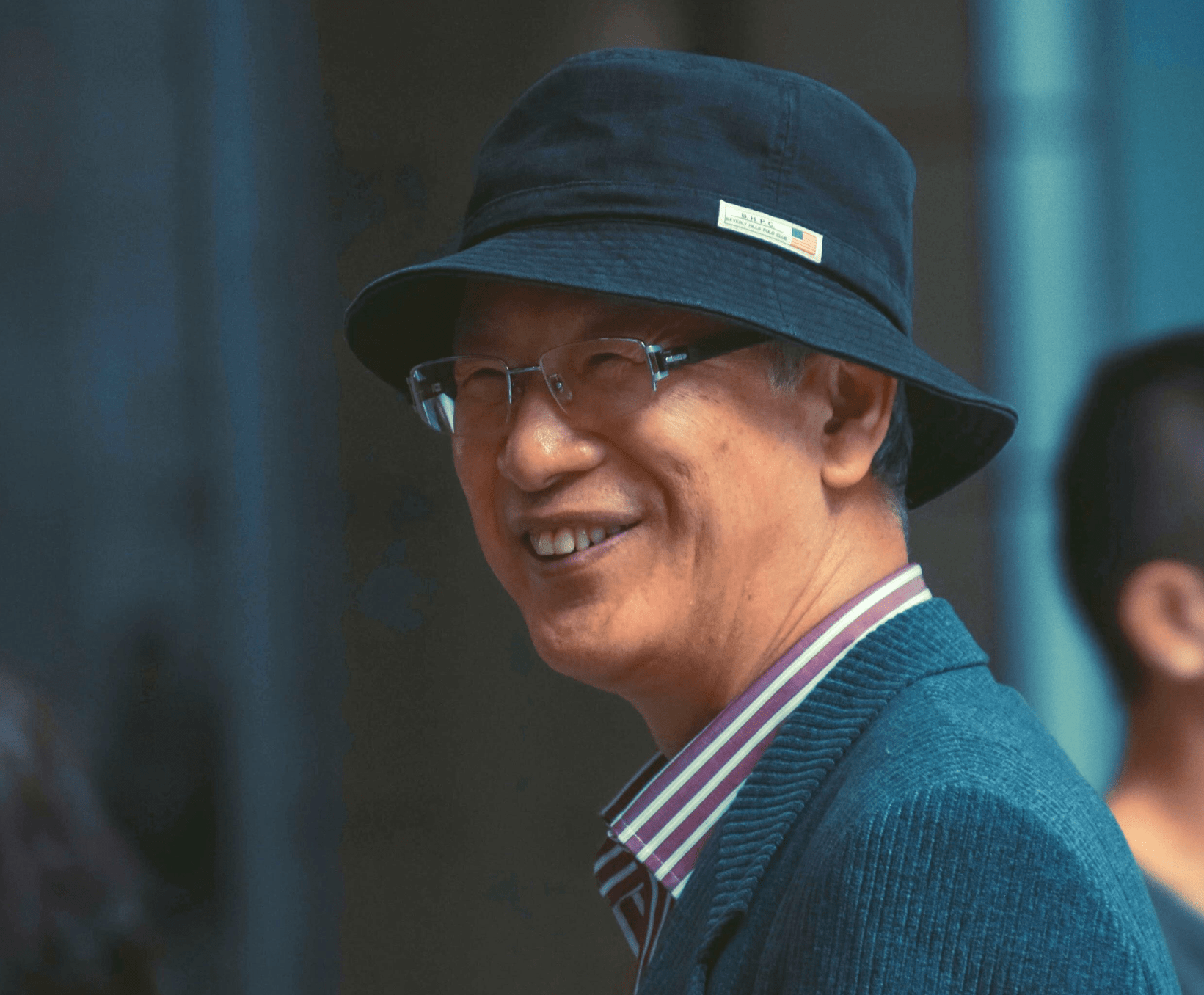Japanese seniors represent over 50% of the consumer economy — a ratio destined to increase alongside the aging population. Today’s seniors represent a more diversified market than previous generations. They are more active, have more interests, and are at a stage in life where they are free from the family and career restrictions that controlled their leisure activities in their 40s and 50s. So it doesn’t come as a surprise that Japanese seniors like to travel. Let’s take a closer look at the silver travel market in Japan.
An overwhelming majority of Japanese seniors want to travel
Seniors today have the flexibility and freedom to do what they, when they want. In a poll of senior leisure time activities by The Universal Tourism center, an overwhelming 96.3% responded, “I want to go on a trip!”
But firms marketing travel-related goods and services would be wise not to lump all seniors into the done-for-you “tour group” scene. As JMRN reported in May, the silver economy is more of a spectrum than a segment. Not only are their interests more diverse today, their varied spending and physical capacities create a broader span of unlimited marketing opportunities.
Seniors avoid peak travel times and extreme temperatures
No longer tied to school or work schedules, seniors don’t have to travel during peak travel times or rush to return on specific dates. This opens up a broader seasonal market for senior travel.
In general, seniors tend to avoid extreme temperatures preferring the more temperate transitional seasons of spring and fall. For domestic travel, October – November are target travel periods while June is a favorite for overseas travel.
But this is by no means all-inclusive. Many seniors have seasonal specific interests, hobbies, or sports that prompt travel at all times of year.
Japanese seniors tend to veer away from stressful transportation and itineraries
Unlike their younger counterparts, senior travelers are much less inclined to travel with a tightly packed itinerary. Checking off tourist spots on a map takes a backseat to leisure and enjoyment. There prefer to take their time because they can.
You won’t find seniors heaving heavy luggage around from train to bus to stretch a budget, either. Seniors are aware of their personal health limitations and know how much effort they can physically handle. The types of transportation chosen by seniors is most often directly related to their physical capacity first, and their budget second.
Japanese seniors tend to side step big cities in domestic travel
Today’s Japanese seniors travel domestically according to their own personal interests, rather than what is trendy or popular. They are more likely to avoid large, crowded metropolitan areas. With richer life histories, more extensive interests, and access to more information than previous generations, they have more exposure to a variety of lesser known locales and a stronger motivation to visit them.
Domestic travel destinations in Japan can range from shrine pilgrimages and small historical towns to upscale golf courses and onsen resorts. Among senior consumers, you can find both avid downhill skiers and quiet seekers of botanical delights. They are more frequently invested in their interests and take them seriously.
Europe is number one for overseas travel for elderly Japanese
With less time restrictions, seniors are able to travel farther on overseas trips. While Korea and Hawaii are still up there as favorite destinations, Europe is number one.
Many seniors still prefer to travel with an arranged tour when venturing overseas due to language barriers. But increasingly more seniors are actively studying foreign languages as a hobby today for the sole purpose of traveling overseas.
Contemporary seniors are also more likely to have been exposed to foreign countries by the time they retire compared to previous generations. Those who have lived or traveled overseas during their working years even venture off solo and arrange their own itineraries.
Surprise: Japanese seniors prefer to arrange travel online
Seniors today have a higher level of digital literacy. The ease of online research and booking from the comfort of home rather than having to physically go to a brick-and-mortar agency is reflected in their increasing number of online bookings with OTAs (online travel agents).
The same applies to online shopping for travel accessories, luggage, gear, and apparel. The digital marketplace for goods related to seniors travel interests is ripe for market research and ad targeting. Where one senior is in the market for sturdy lightweight waterproof hiking boots another seeks products that assist with luggage maneuverability.
The parameters restricting seniors only broadens the marketplace in Japan
With the freedom Japanese seniors enjoy in their later years, their restrictions are primarily financial and physical. But those factors don’t seem to be stopping them and only broaden the opportunity for innovation and variety.
While healthy affluent seniors may fly business class to resort areas, less-affluent seniors with health issues can choose one of the many budget travel packages with physical assistance and barrier-free accommodations currently rising in the marketplace.
Some seniors purchase travel insurance to hedge against health problems that could delay their trip. Others are looking for wheeled travel bags for their golf clubs. In short, the senior travel market is only limited by the diversity of the seniors within it and the number of those seniors are growing.
Find your market within the Japanese silver travel economy
Senior travel will continue to expand as more of the population enters the silver economy and most of them will be digitally literate. Companies that reach to envision the nuances of older consumers through the appropriate market research will gain the competitive edge in the silver travel market.
Sources:
Photo by Emile Guillemot on Unsplash

